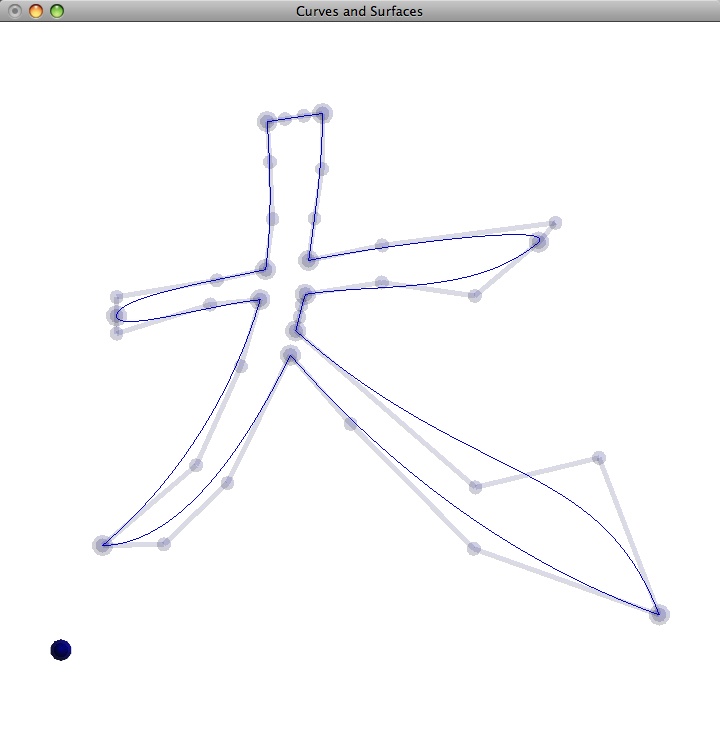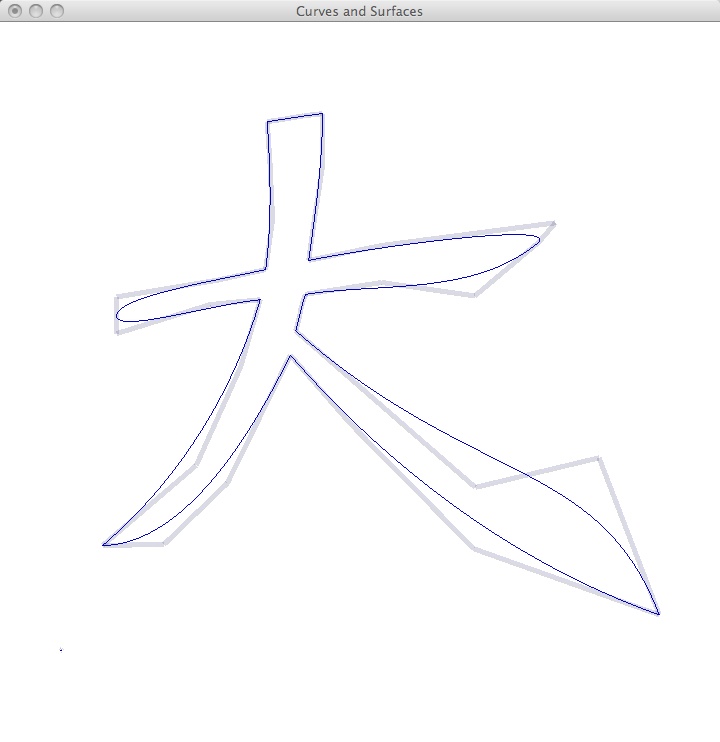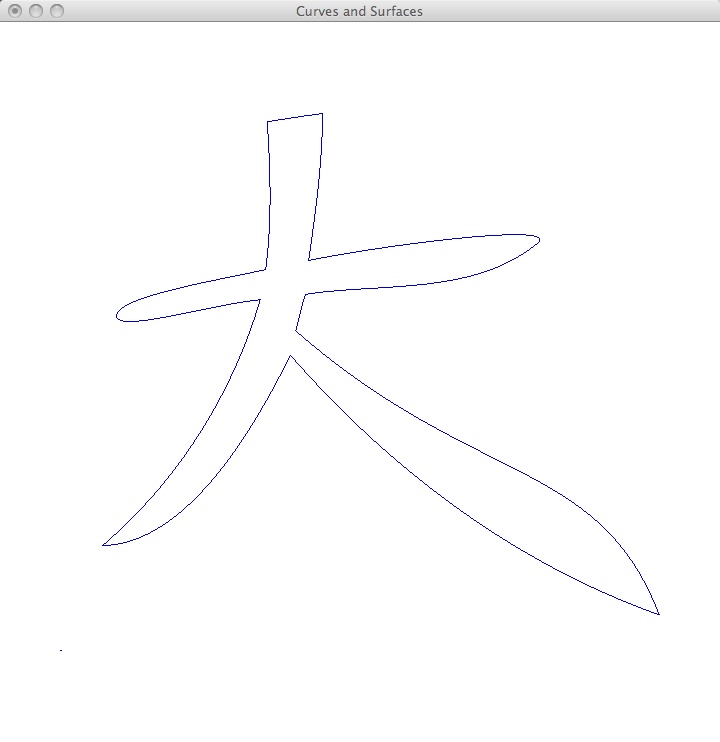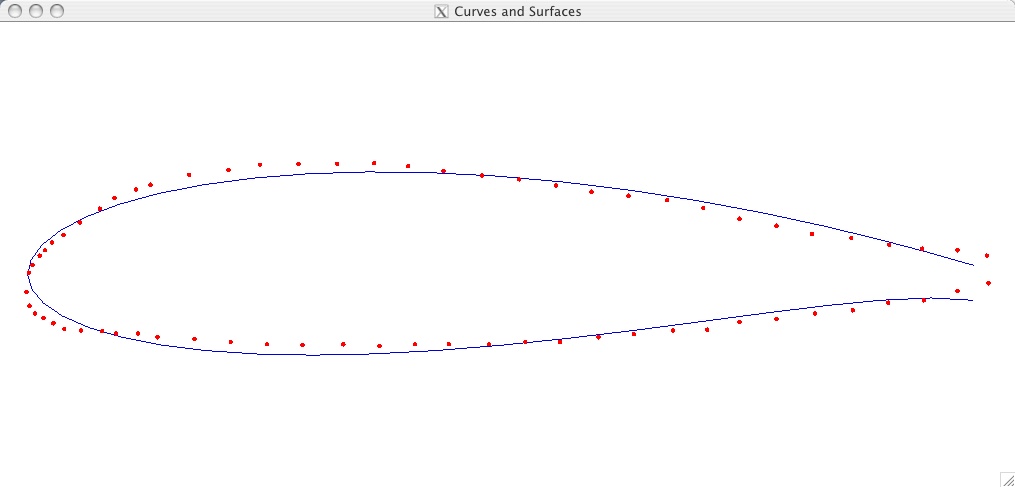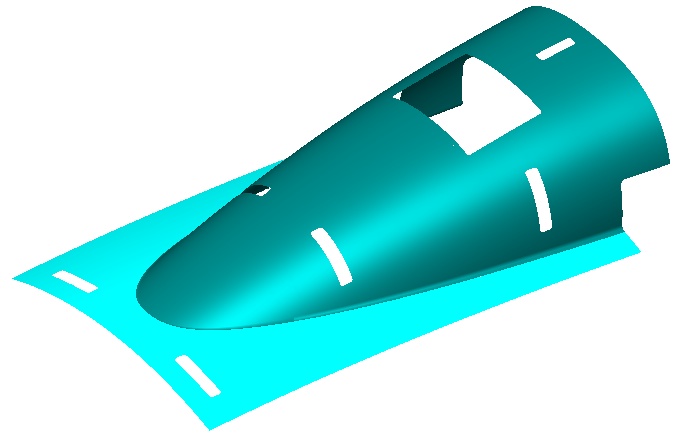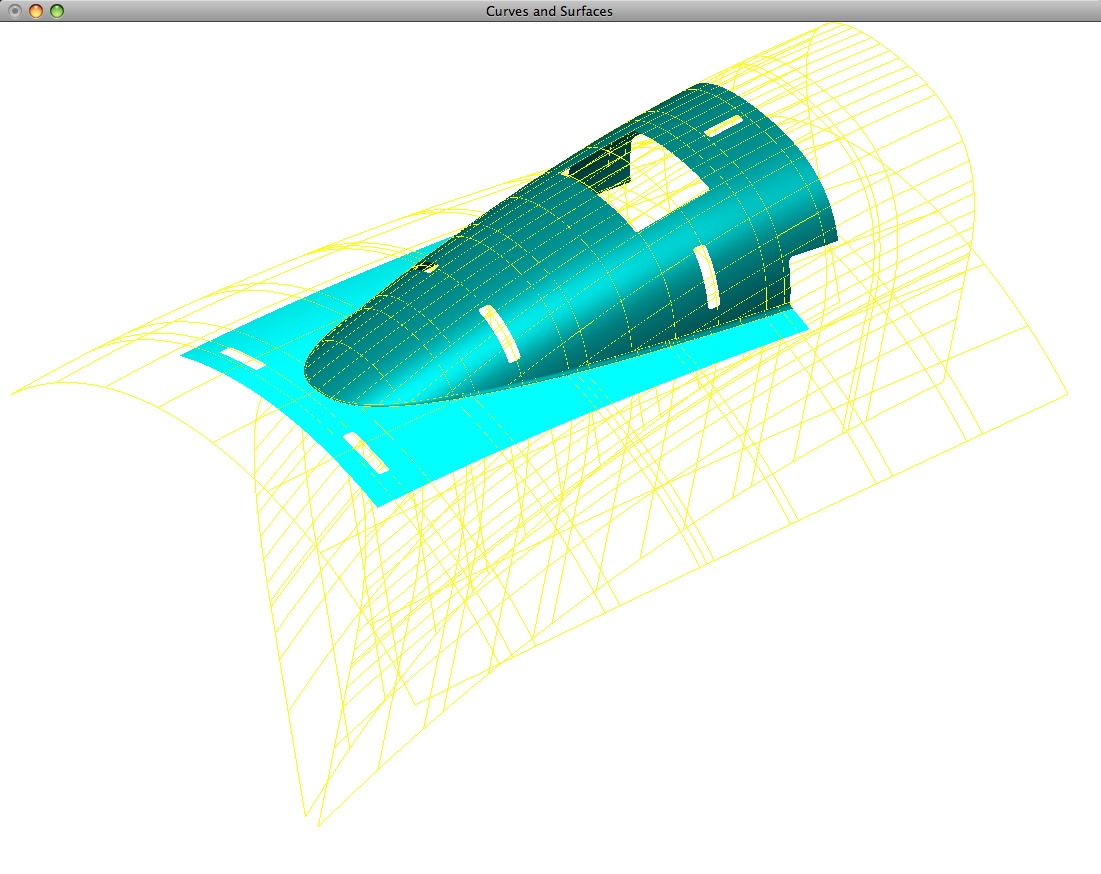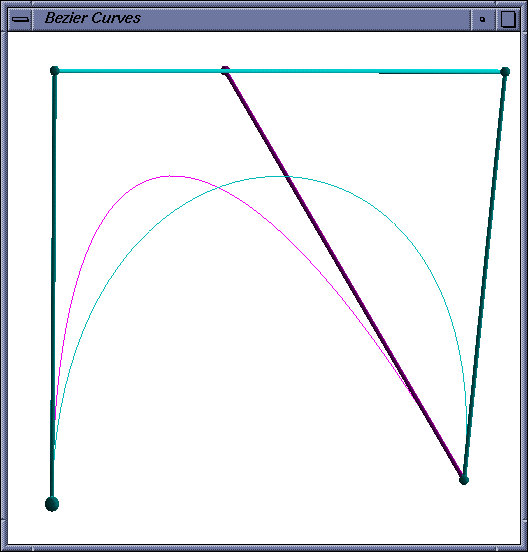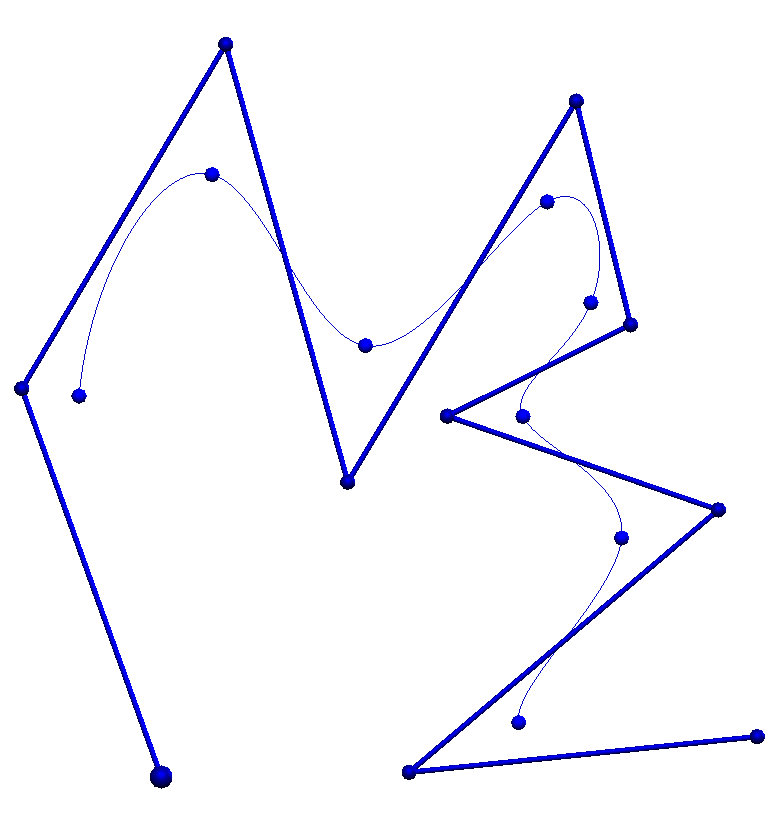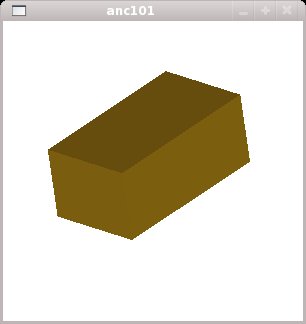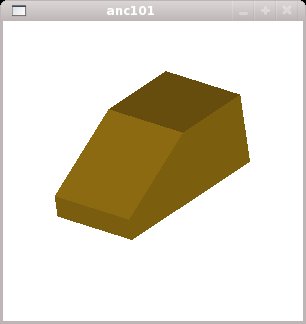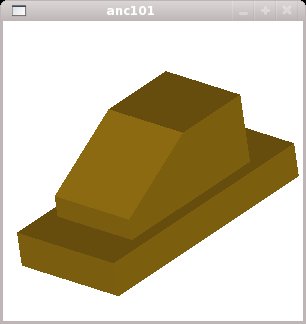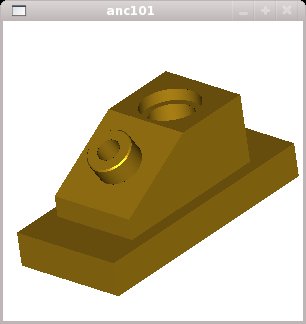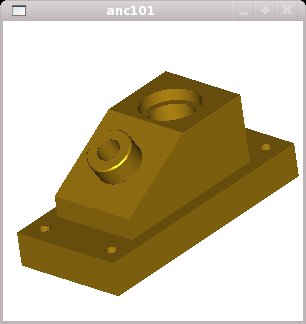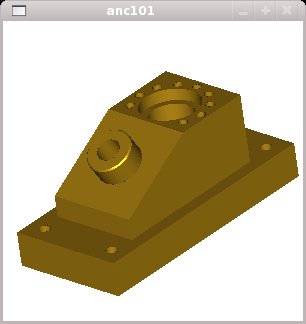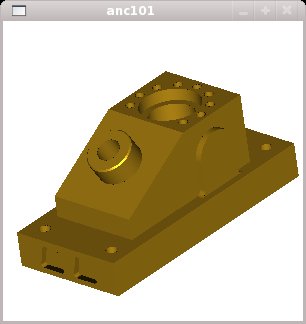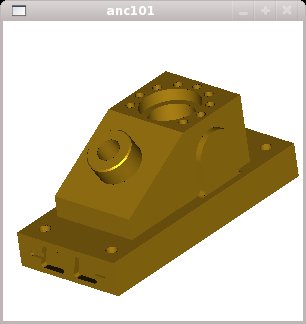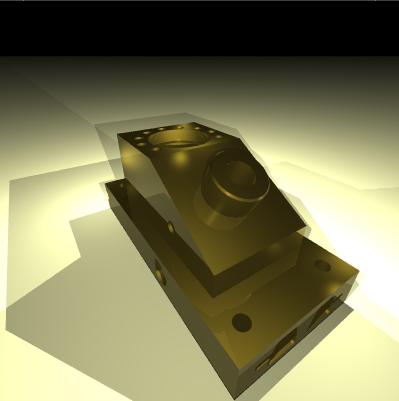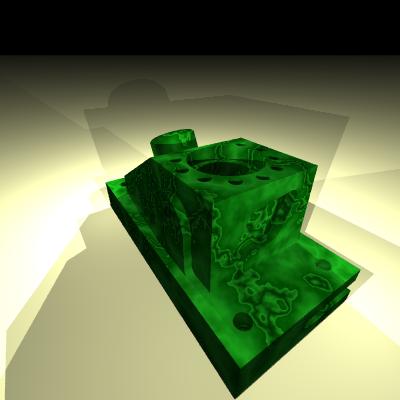EECS 774: Geometric Modeling
Brief description
Introduction to the
representation, manipulation, and analysis of geometric models of objects.
Implicit and parametric
representations of curves and surfaces, with an emphasis on
parametric forms such as
Bezier and B-Splines. Interpolation, least-squares approximation, and shape approximation.
Curve and surface intersections.
Introduction to
solid modeling representations and basic algorithms.
Prerequisites
Some Topics
- Curves and Surfaces (See examples above and to the right.)
(See also the High Level
Introduction for typical applications
and some mathematical context.)
- Interpolation and least squares fitting
- Ck and Gk continuity measures
- [Rational] Bezier and B-Spline curves and tensor product surfaces
- Rendering techniques; OpenGL tessellation shaders
- Editing techniques including: piecewise construction, degree raising & lowering, knot insertion, and subdivision
- Non-rectangular and non-parametric surfaces
- Curve and surface intersections
- Solid models (See "Construction and Rendering of a Solid Model" below.)
- Common representations, especially Boundary Representations and Constructive Solid Geometry
- Model construction techniques
- Interactive construction and rendering
Some Reference Texts:
- Geometric Modeling, Michael E. Mortenson, Industrial Press, Inc.
- The Essentials of CAGD, Gerald Farin and Dianne Hansford, A. K. Peters.
- The NURBS Book, Les Piegl and Wayne Tiller, Springer.
- Curves and Surfaces for CAGD: A Practical Guide,
Gerald Farin, Morgan Kaufmann.
Construction and Rendering of a Solid Model
